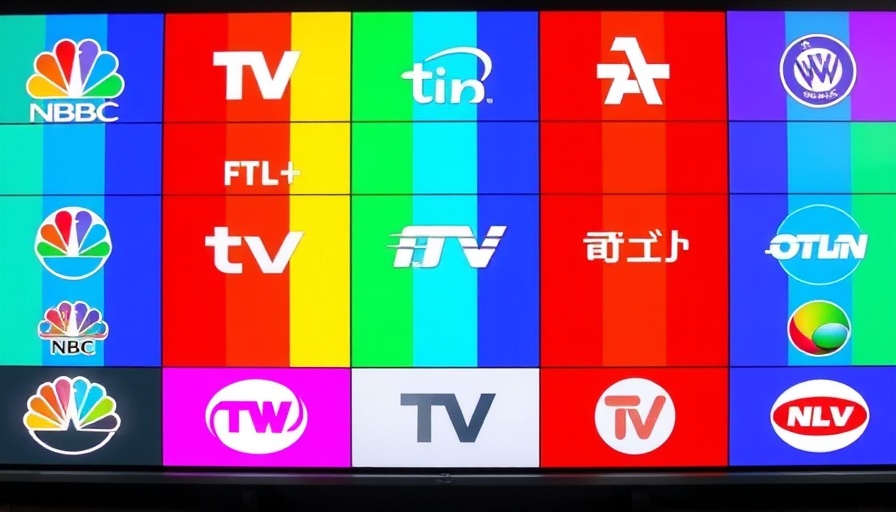
Understanding the Unintended Consequences of Keyword Blocking
Recent analysis by contextual advertising firm Mantis made a startling revelation: advertisers employing blunt keyword blocking strategies are inadvertently shunning over half of all Oscars-related content. This not only alienates brands from relevant cultural discussions but also diminishes the overall effectiveness of digital marketing strategies. The findings indicated that out of more than 460,000 pageviews in the lead-up to the Oscars, a staggering 56% were flagged as problematic due to keywords that, while intended to safeguard brand reputation, resulted in missed opportunities for connection during a key cultural event.
The Importance of Context in Advertising
Keyword blocking is typically used to prevent ads from appearing next to unsuitable content. However, as highlighted in reports from industry professionals, the reliance on these blunt tools can be detrimental. For example, keywords associated with politically charged topics or sensational news can inadvertently capture neutral or positive content, such as celebration during award season. Marketers are thus left wondering how to navigate an advertising landscape that is increasingly prone to over-sensitivity and caution.
Refining Keyword Blocking Strategies for Better Reach
In today's highly dynamic media environment, brands must carefully evaluate their keyword blocklists. Continuous upkeep and contextual relevance are crucial to ensure that brands do not exclude themselves from discussions that matter. As evidenced by the Mantis study, many brands still utilize outdated keyword blocking tactics that limit their exposure and potential audience engagement. The conversation surrounding efficient keyword block management needs reevaluation from brand safety workers and advertisers alike, who should embrace more flexible and nuanced strategies.
Steps Towards Effective Brand Safety
Marketers can leverage advanced tools and maintain an adaptable keyword strategy to enhance their campaign reach. By integrating category avoidance tools, brands can target specific content types without resorting solely to broad keywords. It's essential for advertisers to engage publishers in discussions about suitable keyword strategies early on in the campaign cycle. Furthermore, companies should implement routine reviews of their keyword lists, ensuring their relevance aligns with contemporary cultural contexts.
Building Bridges, Not Barriers
By refining keyword blocking practices and incorporating a more nuanced approach towards ad placements, brands can create a more inclusive and effective advertising ecosystem. There’s a growing call within the advertising industry for a collaborative approach to address the challenges posed by overblocking. As content continues to evolve, so too must the tools used to protect brand integrity. Advertisers stand to benefit greatly from proactively engaging with this challenge, refining their strategies while ensuring their message reaches the intended audience.
Final Insights for Future Campaigns
Ultimately, advertisers must embrace an agile mindset that values both safety and opportunity. In an era where cancel culture and swift consumer feedback reign, understanding the role of cultural context in advertising could be a deciding factor in campaign success. For decision-makers, shifting focus from sheer caution to a balanced strategy that embraces contemporary cultural content will ensure brands don’t fall behind in capturing key conversations.
 Add Row
Add Row  Add
Add 




Write A Comment